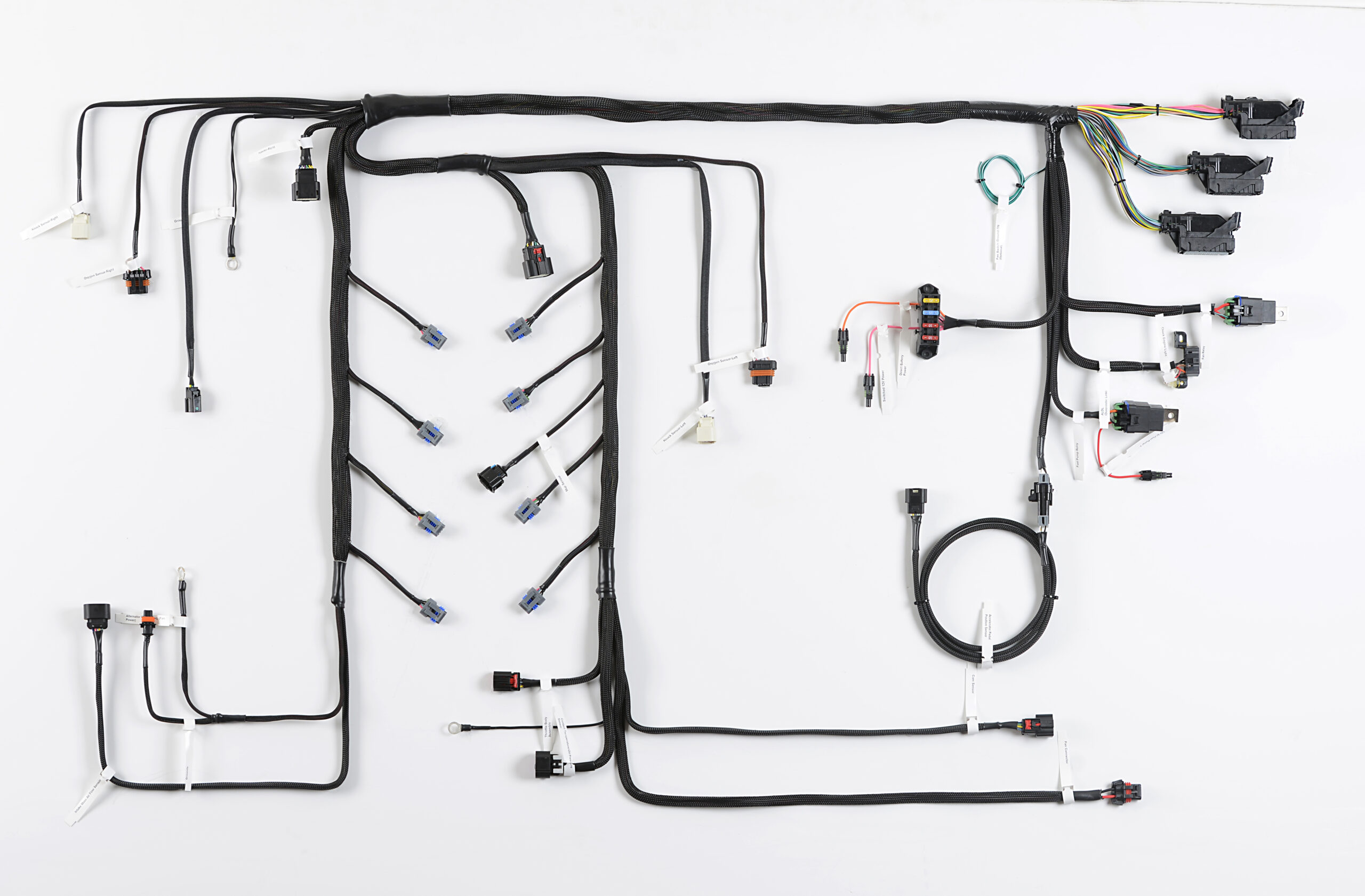Marine City, MI, (October 3, 2024) – Howell EFI, a leading manufacturer of electronic fuel injection conversions, announces new LS and LSA swap harnesses and components…
News
Howell EFI News
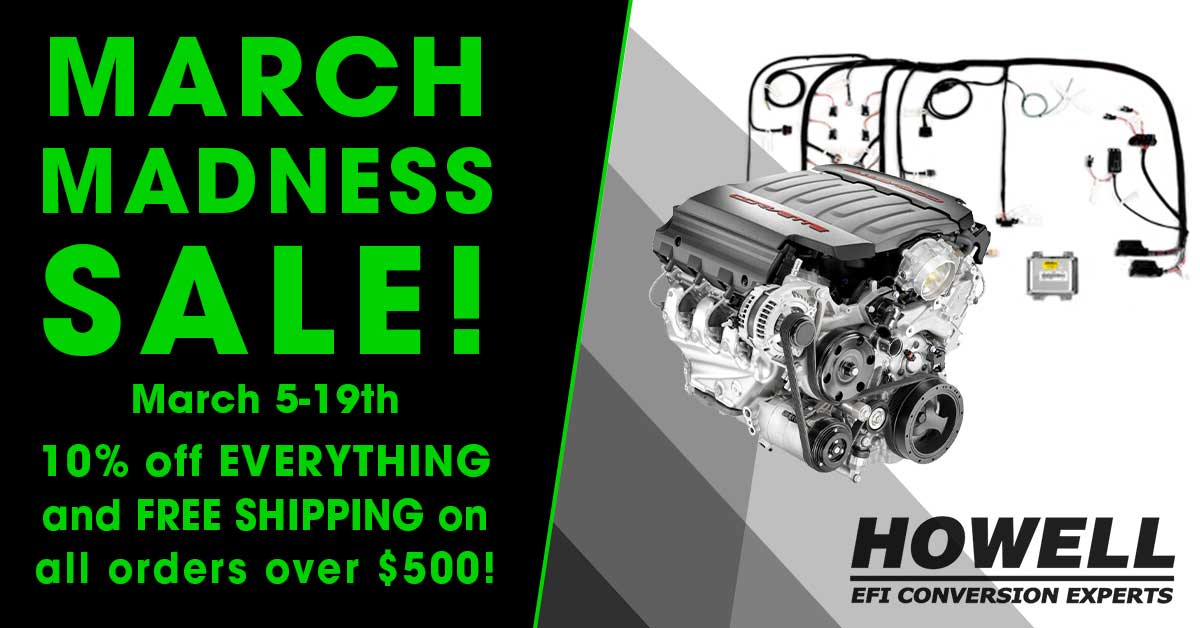
Marine City, MI, (February__, 2024) – For 35 years, Howell EFI has been a leading manufacturer of electronic fuel injection for older pre-computer vehicles of…
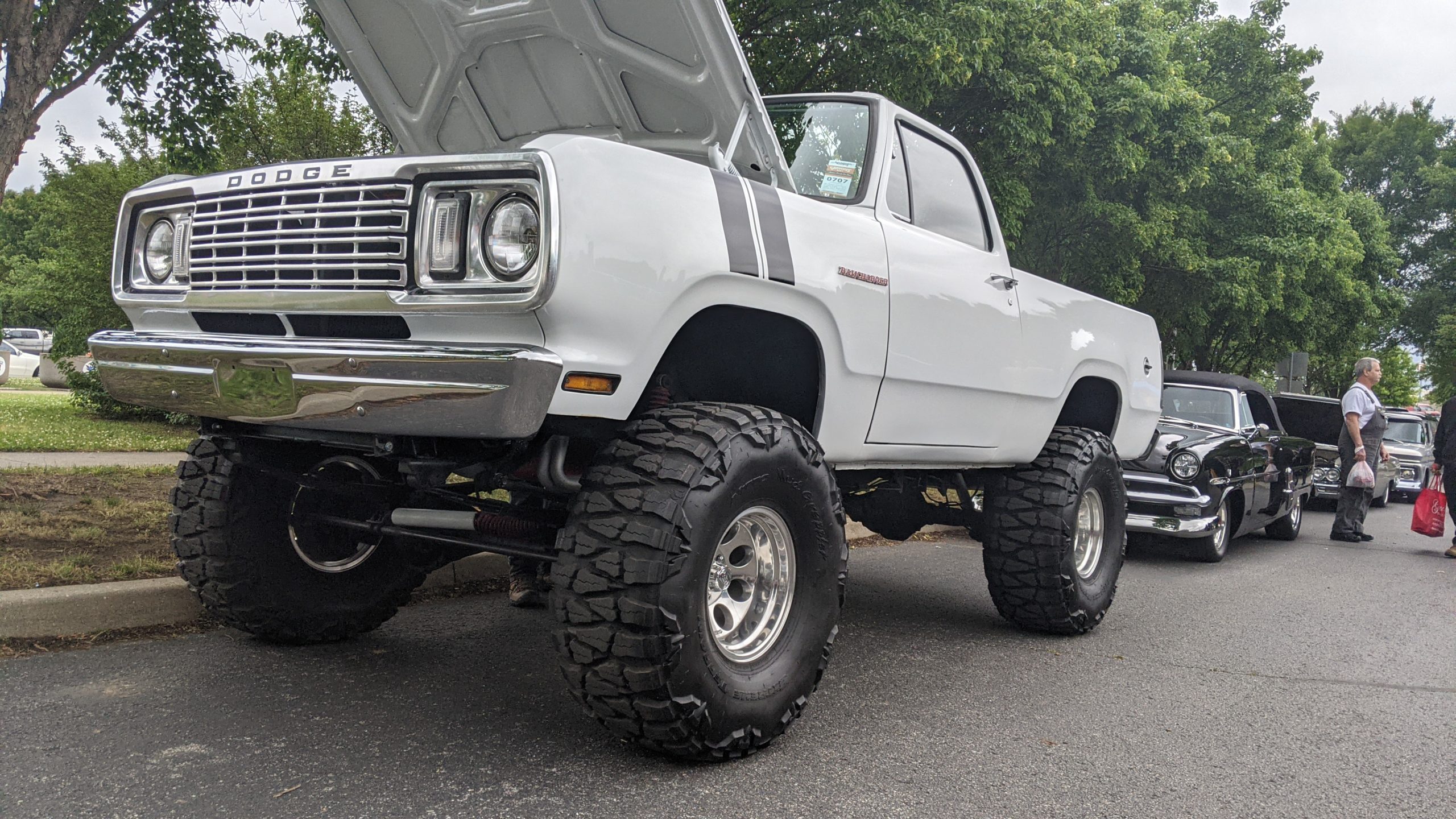
Howell TBI Conversion Kits Now Available for 1974-1993 Dodge Ramcharger and Plymouth Trailduster SUV
More consistent tune and improved cold starting for Gen I and II vehicles Marine City, MI (September 14, 2022) – Howell EFI, recognized as a…
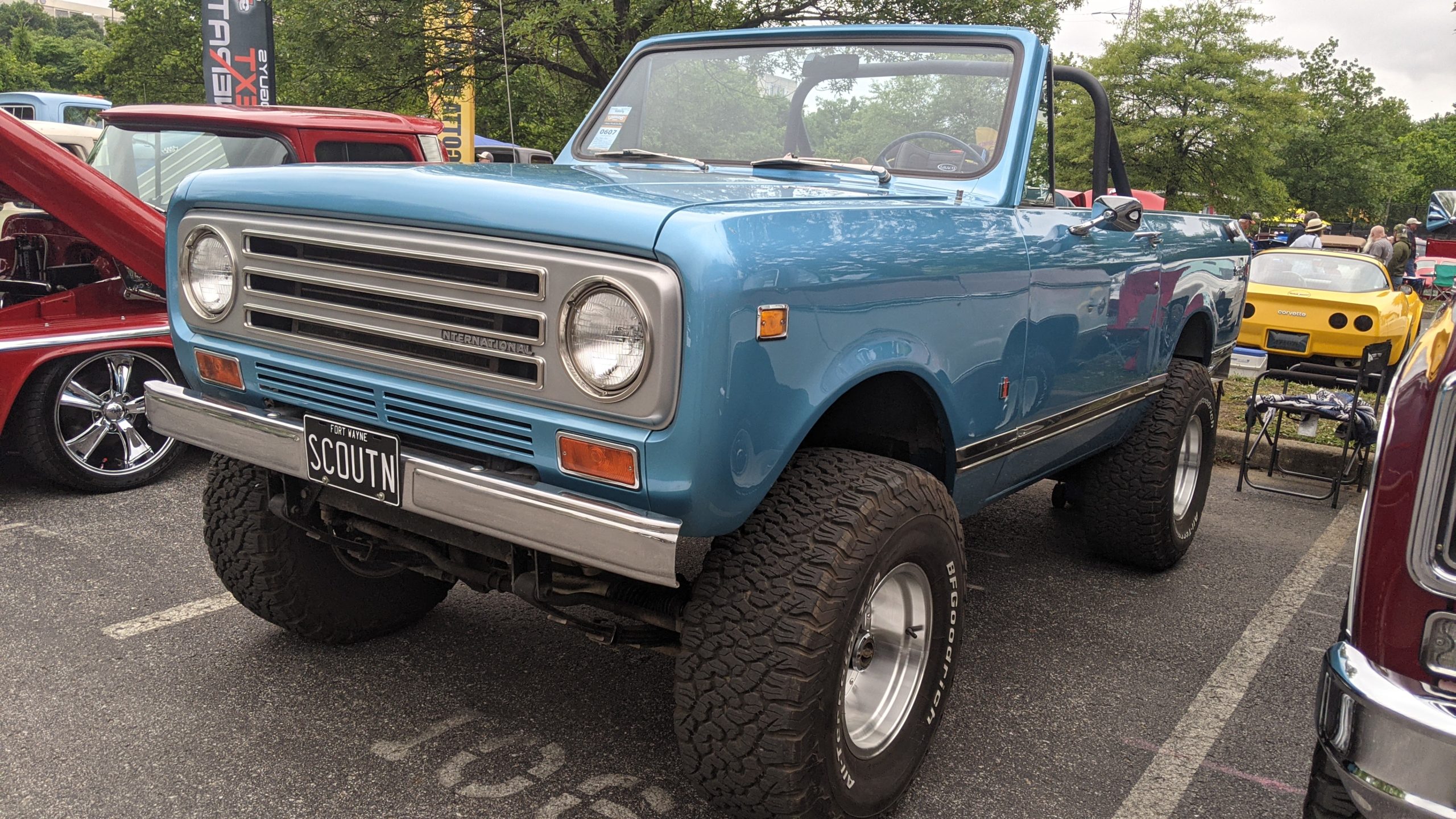
Howell EFI offers eight different Throttle Body Injection (TBI) kits that can be used to convert classic International Harvester Scout trucks to TBI. Whether driven off-road, used for show or a daily driver, Howell’s TBI conversion kits are designed to convert classic Scouts (Scout 80, Scout 800, 810, Scout II) quickly and efficiently to fuel injection improving cold starting, drivability and fuel mileage. And for off-roaders, your Scout will be less likely to be fuel starved when taking the trail at an angle.
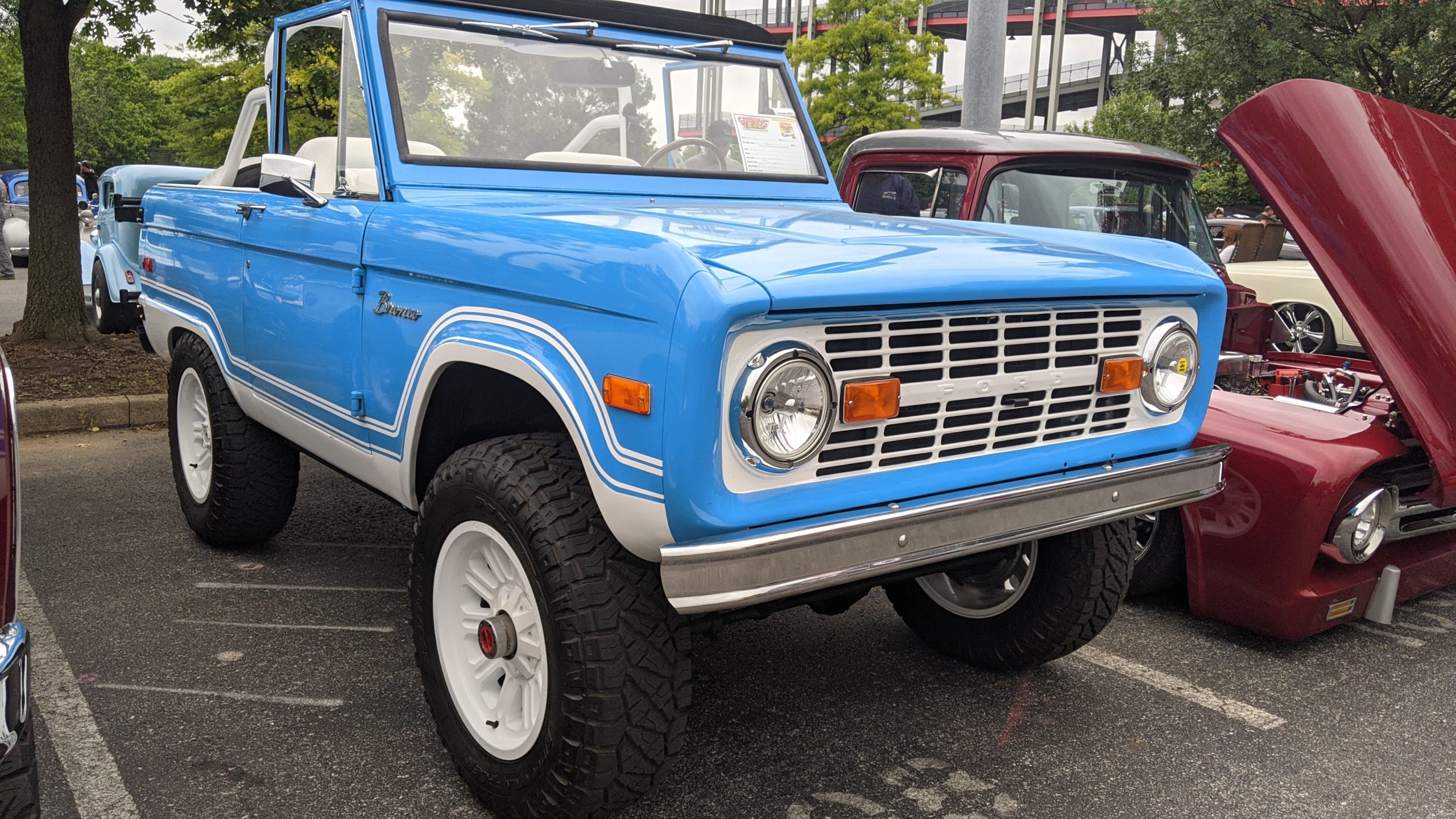
Marine City, MI (April 7, 2022) – Howell EFI is known widely in the industry for their easy to install GM-based EFI and TBI kits…

When necessity drives innovation, many good things can come from those with the ambition to create, design, produce and persevere their way into success.
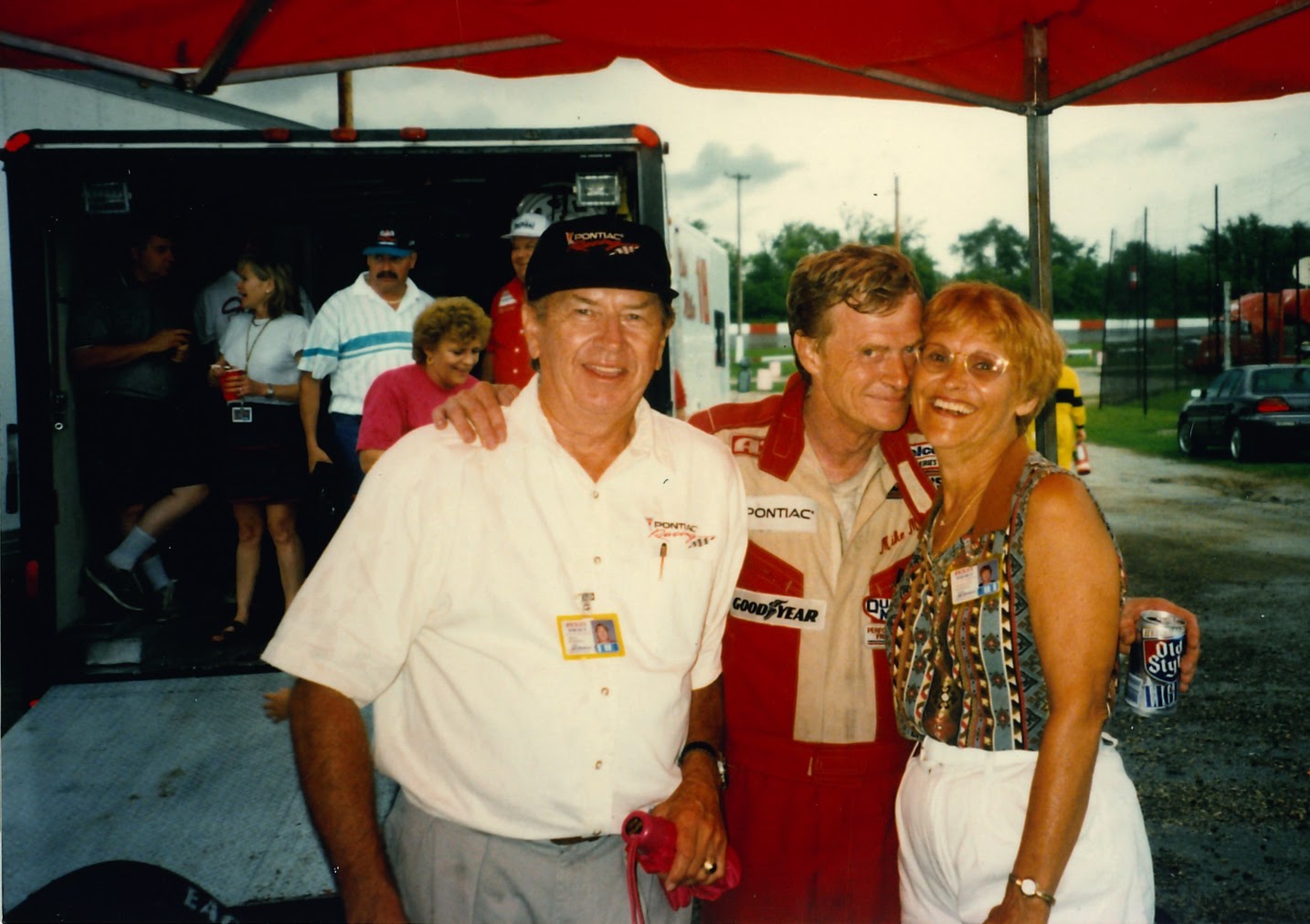
Bill with friends, Mike Miller & Marilyn Bill recalls of his early retirement, in 1989 TV personality, Don Johnson had an ocean-racing catamaran with 4…
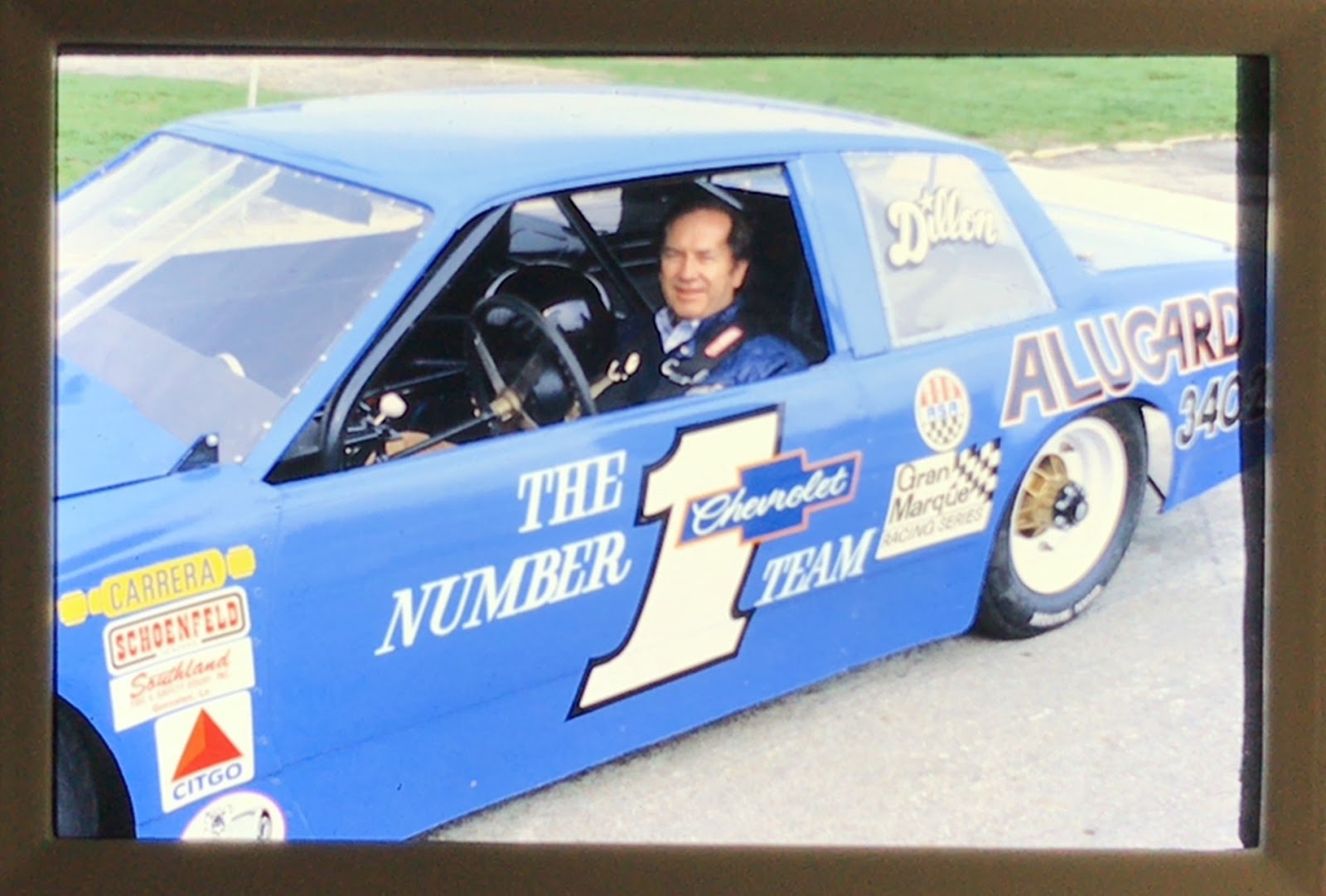
Part VII Bill in Grand Marc Car Howell followed the 1985 ASA series with Trickle and Miller. He did some development with Fischer engines for…
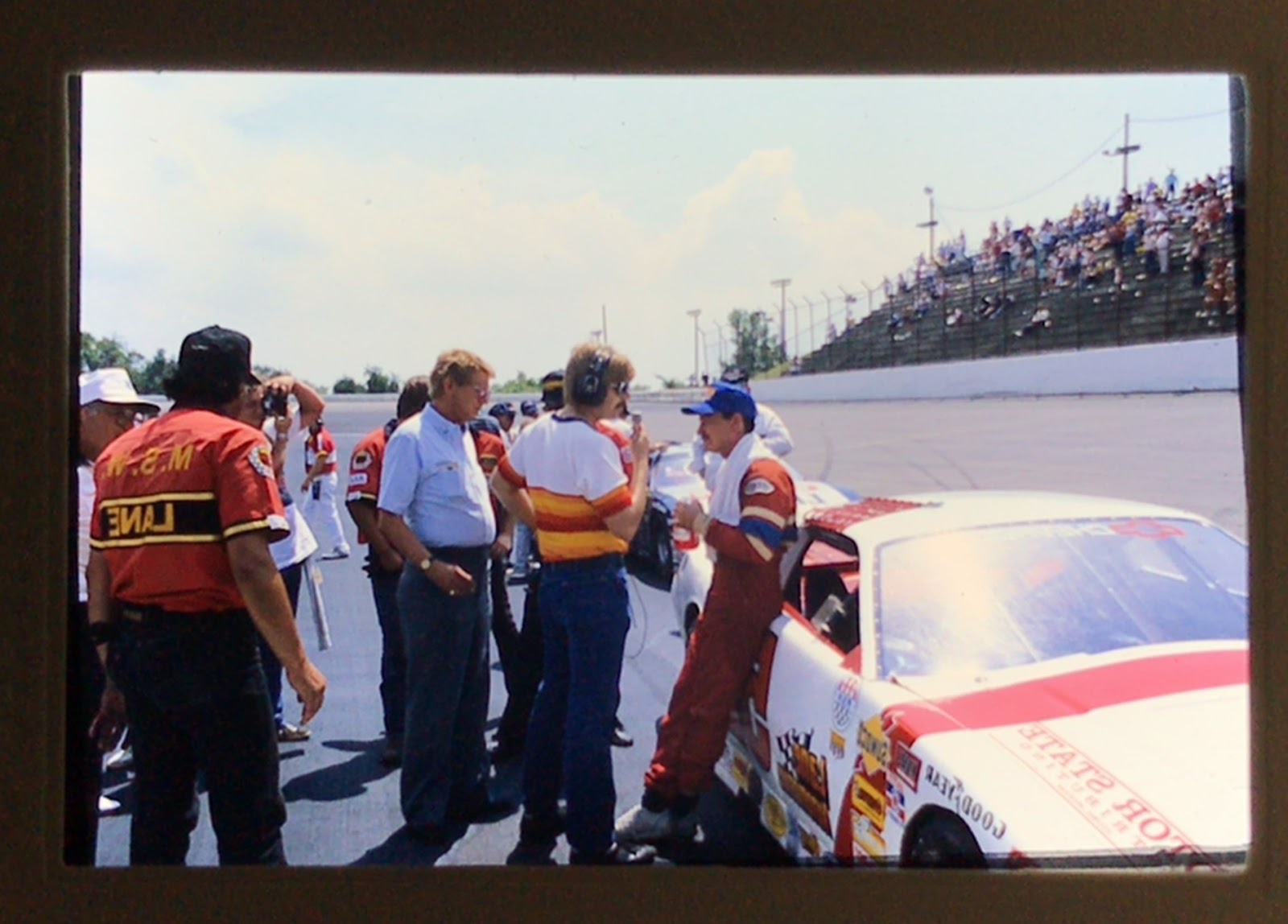
The introduction of a 229 CID Chevy V-6 in Chevelle and Monte Carlo, and a 231 CID V-6 became Buick’s only production built engine in…
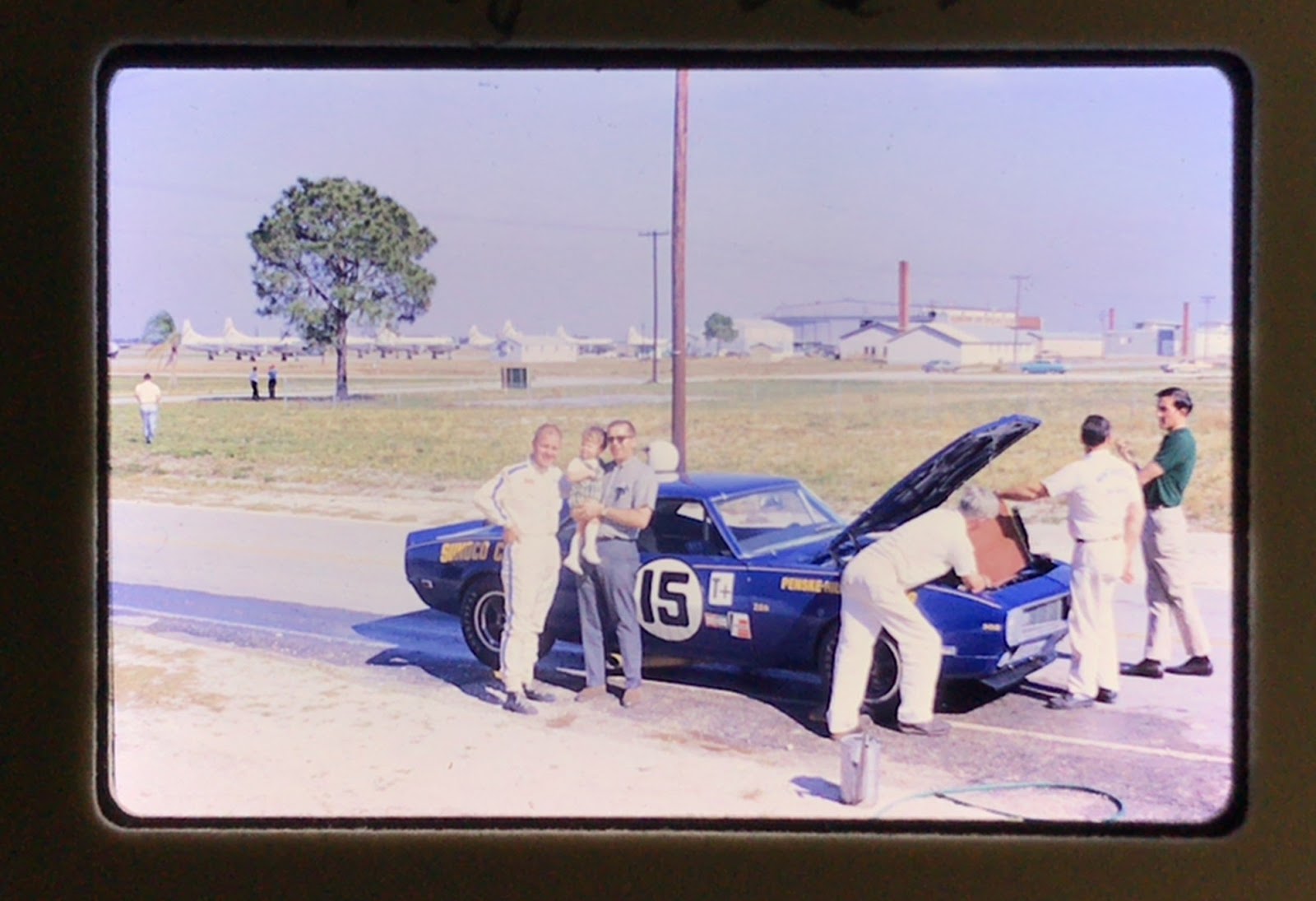
Sebring 1968, Bill & son, Matt with Mark Donahue In 1968, Bill followed Trans-Am and Can-Am races. “We sold a number of pre-production aluminum 427…

Bill continued basic development and routine testing of the MK II components for their performance and durability as provided by the various designers at Chevy. …
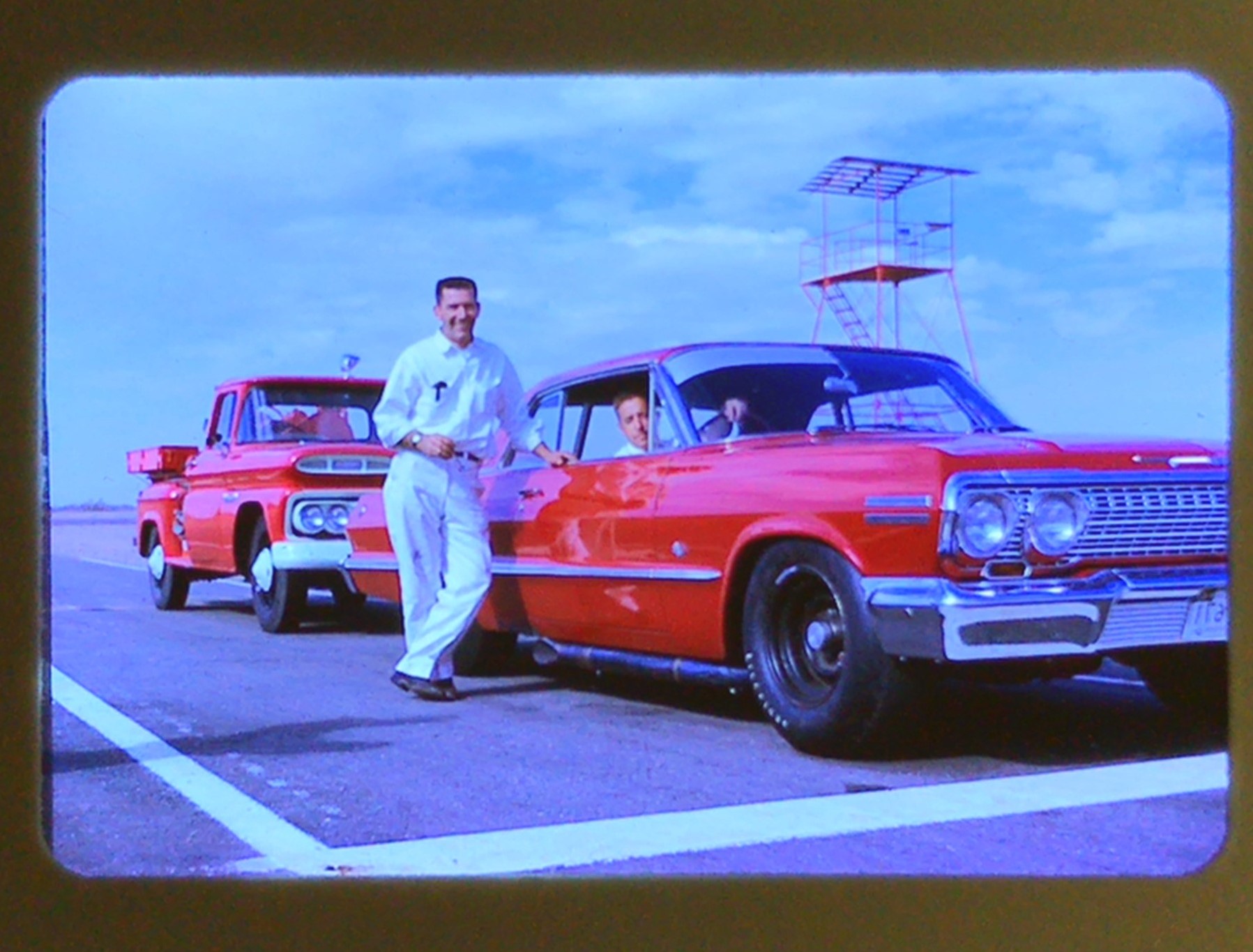
With his short-lived racing career in the past as well as a pending divorce from his first wife, whom he met while living in Laramie…

